As the sun was rising on July 4, 1993, a woman named Mary Boyd walked into a pale blue storefront on an empty street in New Haven, Connecticut. She was a regular at the bodega, and when she stopped by early that holiday morning, she found the lights on and the door open. As she scanned the aisles, she called for the store's owner, Eugenio DeLeon Vega. She used his nickname, Gene, but there was no response. Boyd checked the bathroom, then went outside to look near the garbage cans. By 5:42 a.m., Boyd had given up and, using a phone near the check-out counter, dialed 911.
At 51, DeLeon Vega was a big man with soft features. He was born in Patillas, on Puerto Rico's southeastern coast, and he'd come to Connecticut in his late teens by way of a farmworker job in Florida. After arriving in New Haven, DeLeon Vega became the upwardly mobile immigrant of myth and cliché: He married, had three children, and upgraded from farm work to laboring at a concrete plant to running his own restaurant, then his own bar, then, by the 1970s, his own grocery store. He called it La Casa Green.
DeLeon Vega worked long hours — sunrise to 11 p.m. — and even though he didn't go to high school or college, or read or write in English, he was a shrewd businessman. "You can't cheat him in numbers," recalled one of his daughters, Luz. By appearances alone, you might think he was "the meanest guy in the world," Luz recalled, but actually, he was the opposite — "a people person," she said. Luz used to work with him at the store, and she remembered how the neighborhood's homeless would stop in, their gazes fixed on the prepared foods. "I'd say, 'Can I?' He'd say, 'Yes, you may,'" she said. "They say, 'I'll pay.' And we say, 'Don't.'" Over time, Luz recalled, her father's most successful business became one of the centers of his life. "That was his blood," she said.
Twenty-three minutes after the 911 call, the first officers arrived at La Casa Green. One, a young baby-faced officer named Keith Wortz, also knew DeLeon Vega from the neighborhood, and he, too, called for Gene as he marched up and down the bodega's aisles. Still, there was nothing. In a police report, a detective would later note the ordinariness of place, with its crowded rows of condiments and spices, paper towels and produce. The cash register was loaded with bills and coins. Everything was in perfect order.
Finally, Wortz moved to the back room, where there was a large floor safe — "the kind of safe you'd see in an old gumshoe movie, like in Roger Rabbit," Wortz said in an interview last year. The door was hanging open; a checkbook was spilling out. "Immediately, the hairs are sticking up all over," he said. "I was like, 'Sarge, back here.' I don't want to say too much because someone could be hiding behind something."
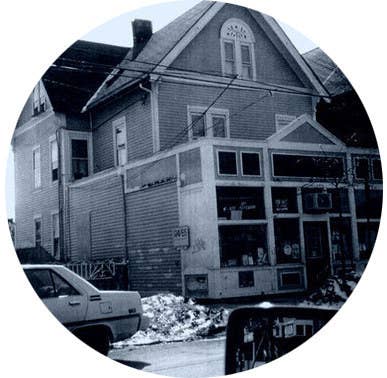
Wortz stepped inside the store's walk-in freezer and scanned from back to front. Then, directly behind him, he saw DeLeon Vega, dressed in black slacks and a white guayabera, sitting on a stack of Budweiser cases. He was slumped over, with a gold crucifix around his neck and his hands bound with white electrical cord in what the medical examiner would describe as a "praying" position. On the floor beside him was a pool of blood. It was, Wortz said, just like "one of those horror flicks where something jumps out at you." DeLeon Vega had been shot once, from close range, in the left temple, the medical examiner later concluded, and the .380-caliber bullet that pierced his skull and exited his right temple would be found inside a cardboard box, near a whole suckling pig, lodged in a brick of cheese.
Two major crimes detectives arrived shortly after and began methodically documenting the scene — photographing, videotaping, measuring, lifting fingerprints. DeLeon Vega's shop didn't have any functional surveillance equipment, but the detective quickly concluded that this wasn't a break-in. There were no signs of forced entry, and the alarm system had been deactivated at 5:08. It also looked as though DeLeon Vega had begun his workday: A stack of that morning's newspapers had been brought inside and was resting on a crate.
One of the detectives spoke with DeLeon Vega's 28-year-old son, Carlos DeLeon, who reported that his father always kept jewelry in the safe. Yet the two small boxes that contained those valuables were empty; so, it seemed, was a large amount of cash. The police came to believe that the murder was a robbery-homicide, and that two or more people were involved. "It would take both hands of one perpetrator to tie up the victim which would mean if there was only one suspect, he would have to place the gun down while the binding was occurring," the detective wrote in his report. This, he concluded, was too vulnerable a position for a single killer.
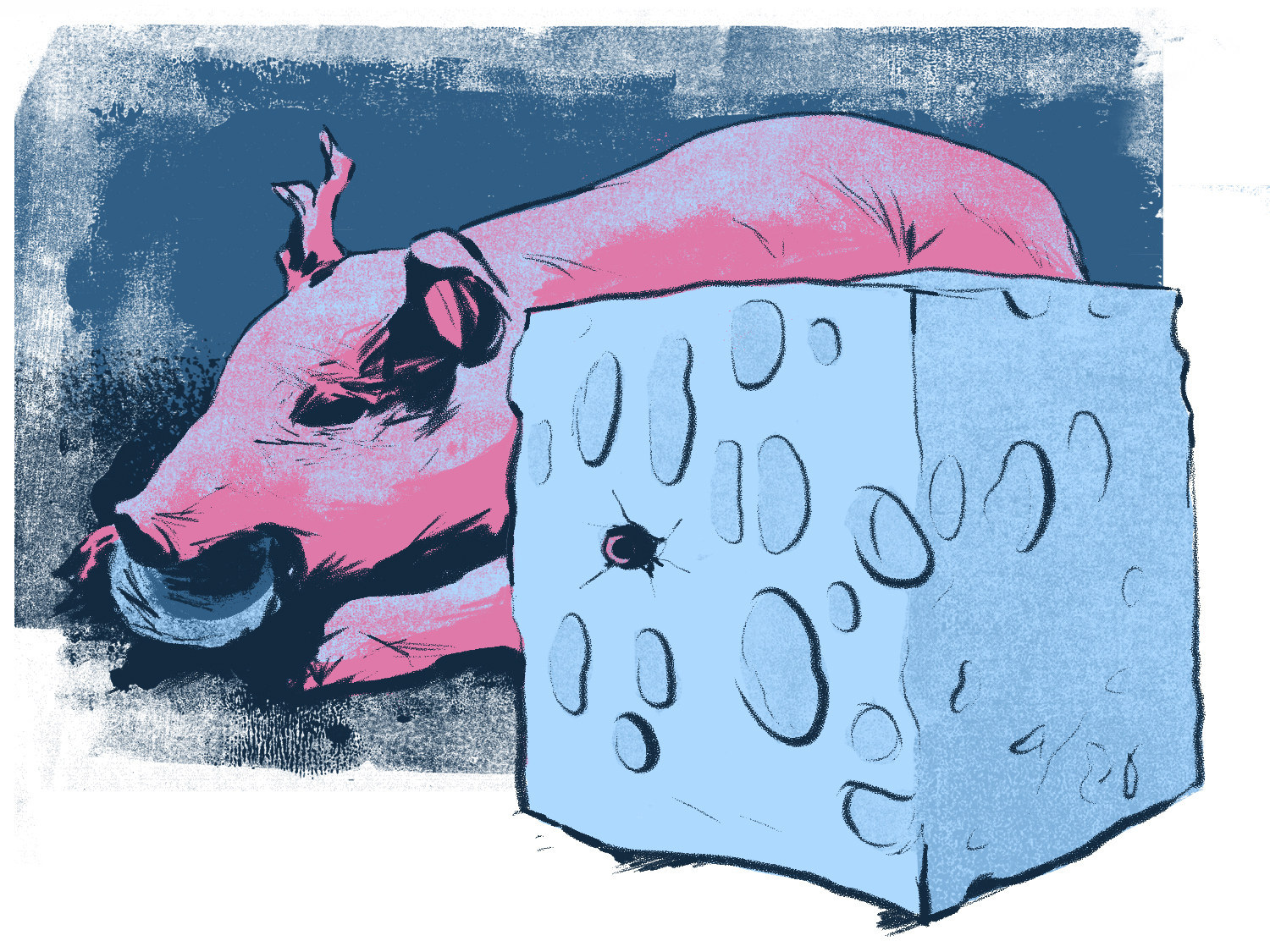
In 1993, New Haven was simmering. The city — the second largest in Connecticut — is home to the Waspiest of Ivy League institutions, Yale University, and has long been separated along lines both great and petty. Fanning from the Town Green, a great lawn planted with towering elms and flanked by Yale's stone towers, the city's modest downtown is a scattering of unassuming medium high-rises surrounded by attractive neighborhoods of white, beige, and dusty blue Victorians. Mid-century white flight hit New Haven hard. From its height, in 1950, the city's population fell from 164,000 to a low of 123,000 in 2000.
By 1990, the number of rapes, robberies, and assaults in New Haven spiked; the city's violent crime rate had surpassed those of Detroit, Baltimore, Chicago, and Washington, D.C. In Fair Haven, the largely Puerto Rican neighborhood where DeLeon Vega had opened La Casa Green, prostitution was a major force in the informal economy; white women worked Ferry Street, while black women owned Grand Avenue, the main drag of low-slung clapboard and brick buildings on which La Casa Green sat.
Gangs — the Latin Kings, the Ñetas, the Elm City Boys — turned the waterfront neighborhood into a thriving drug market, and New Haven became an important hub for traffickers. The city was ideal, after all. Unlike Bridgeport, 20 miles south, there were no hull inspections on boats. And, said Wortz, who later worked in a narcotics unit, "It's the center point between Boston and New York — dead in between."
Still, DeLeon Vega's murder came as a shock. Luz heard about it first thing that Sunday morning. Someone was knocking at her back door, and at first, she thought it was her father. "He usually brings bread," she recalled. In fact, it was her older sister, delivering the news. Luz had just spoken with him two days before — he'd lectured her about swapping her Chevy Nova for a van, a vehicle adequate for her growing family — but he had a history of heart problems, and she assumed that's what it was about. Then her sister told her. "She goes, in Spanish, 'They just killed our father,'" Luz said. She raced to the store, where a throng had gathered on the street. "All I saw was thousands of people," she said.
“What can we do now? We have to do something about this crime.”
After the murder, the New Haven Register described DeLeon Vega as a steady and outsize presence in the community, a neighborhood patriarch who "counted street people, business owners, and aldermen among his many friends, and was known as a soft touch for any soul who needed something to eat." Religious leaders organized prayers. Neighbors were distraught. Business owners worried about their reputations — and the reputation of the city.
"What can we do now?" Carlos DeLeon tearfully told a Register reporter. "We have to do something about this crime." In neighborhood bars and on the streets, the whispers were immediate. There were two men, a burly ex-con named George Gould and a slight, charming family man, Ronald Taylor, who had been making trouble all over the neighborhood the night before DeLeon Vega's killing. Gould, who was 31, had just been released from a month's stint in jail on a threatening charge, and he was staying in an apartment across the street from La Casa Green, while Taylor, who was a few years older, lived across the Quinnipiac River in a two-bedroom apartment with his wife and daughter. Suddenly, they seemed to have a lot of cash to spend — and, as alibis go, theirs was not ideal.
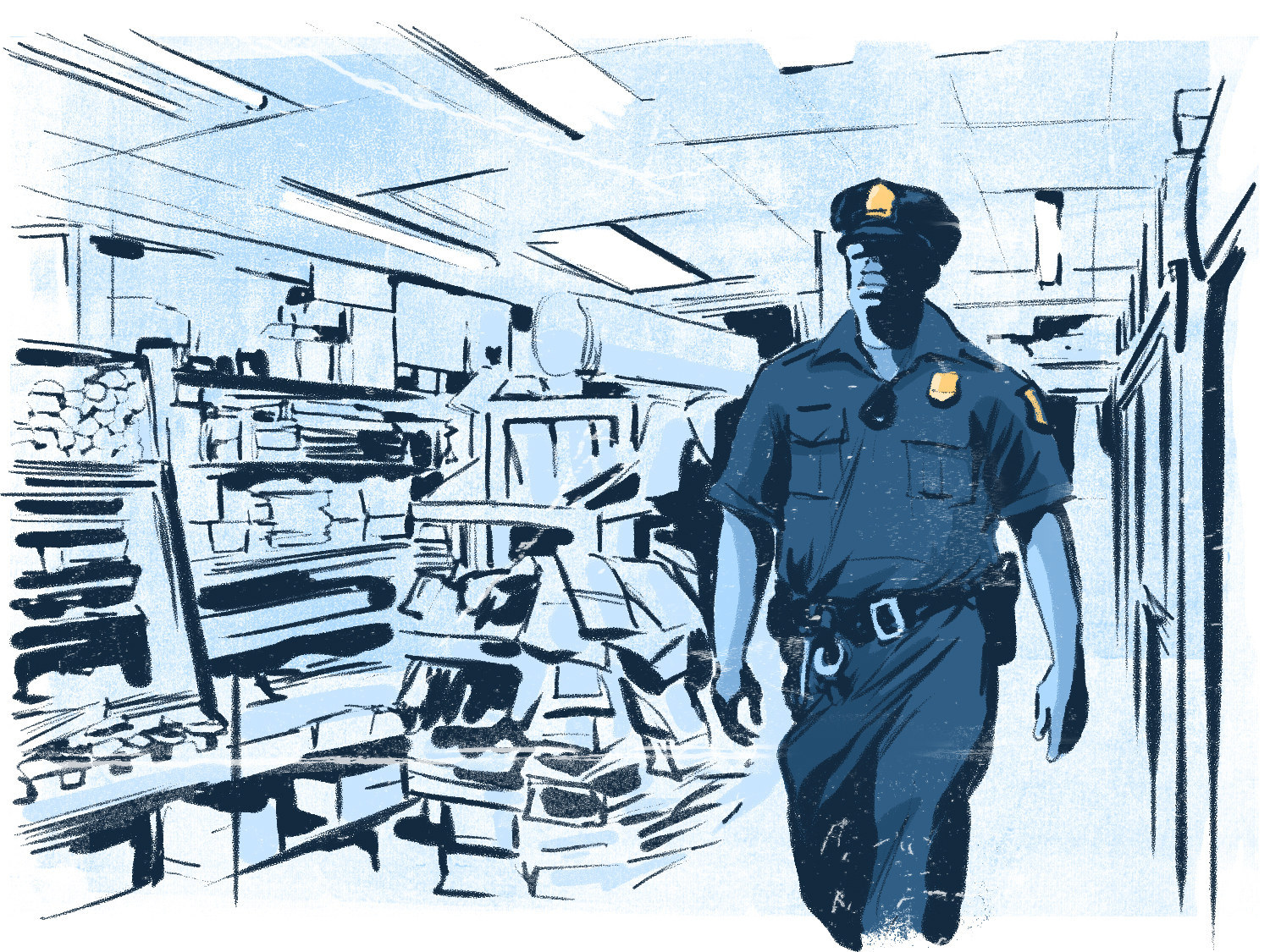
Taylor and Gould hadn't been friends long; they'd only met that week. But by their own admission, they were together on July 3 and their evening played out like a dark, drug-fueled buddy movie, at least according to Gould, who would later describe their night in court. They traveled from one hangout spot to another, often by bicycle. Taylor's ride wasn't even his; he'd borrowed it from a friend's daughter. They drank Hennessy and did coke while Gould committed small-time robberies to pay for their partying.
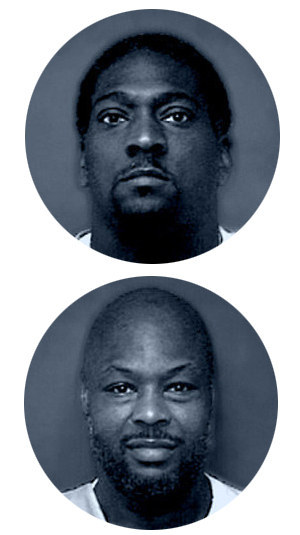
Gould, who stood at over 6 feet and weighed nearly 300 pounds, was by far the bigger of the two. At one point, he snatched $80 from a john. Later, he sold a bag of white powder that he was passing off as cocaine. The deal netted him only $20, so he "grabbed the guy and … went in his pocket," he said, adding another $90 to the night's tally. Even in Gould's own account, it's striking how floundering and inept the pair seems. It was the kind of everyday dealing and stealing that would have been just another Saturday night in New Haven in 1993, when the city was awash in drugs and violence.
According to Keith Wortz, the suspicion of Taylor and Gould centered on one fact: They were broke, and everybody knew they were broke, yet in the days after DeLeon Vega's murder, everyone on the streets talked about how the pair had partied like they'd hit the Powerball jackpot. "I'm not talking about, they stole the car stereo and they had $100," Wortz said. "I'm talking about sustainable, long-term cash."
More maddening still, the pair seemed to be taunting Carlos DeLeon. After mopping up his father's blood, he'd reopened La Casa Green; one day he saw them through the front window, blithely hanging out on Grand Avenue. "They kept coming back to my store and looking at me — they didn't care," he later told the Register.
Still, suspicion wasn't evidence, and there was nothing that actually tied the two men to the crime. Even a promising tip that a woman from the neighborhood, Pamela Youmans, had stopped by La Casa Green before it was open — and just before DeLeon Vega was killed — yielded little: She'd left before he was murdered, she told the police. Then, on July 29, nearly a month after the murder, a pale, rail-thin prostitute named Doreen Stiles was arrested in Fair Haven.
Stiles was raised in Brooklyn, but by 1993, when she was in her early thirties, she was a heroin addict living about a half-mile from La Casa Green. She was a fixture in Fair Haven — "more people knew Doreen than knew the mayor," Wortz recalled — and easily recognizable: An injury left her badly disabled. "She had such a predominant gimp, she was fucking obvious," Wortz said. "She was like a pink elephant in a black-and-white movie. You just can't miss her."
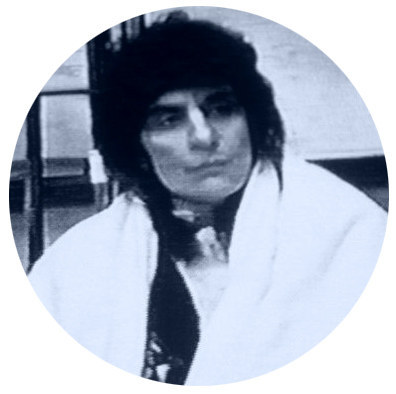
In Wortz's telling, he was the reason Stiles would end up involved in the case at all. She knew DeLeon Vega from the neighborhood — she'd buy cigarettes and beer at La Casa Green — and after the murder, Wortz had seen her a couple of times at a Dunkin' Donuts just down the street from the store. Both times, she asked about the case. "I faced off with her and I said, 'Doreen, I know you know something,'" he recalled. "She's saying, 'No, no, no. I don't know anything.'"
To Wortz, Stiles' manner betrayed more than friendly concern. He's a true believer in cop intuition, and, to him, those couple of brief conversations signaled her "preoccupation" with the murder, he said. Wortz shared his suspicions with the chief of detectives, a man named Brian Sullivan, and, shortly after, Stiles was arrested for prostitution and brought to the New Haven Police Department's drab, Soviet-style headquarters, where she was transferred to the third-floor detective bureau.
“She burst out crying. She said, ‘I saw the whole thing.’”
There, an investigator named Daniel Gleason spotted Stiles standing near the front desk. She looked upset. Like Wortz, Gleason knew her from the streets — "she was a quasi-informant of mine," he said in an interview last year — so when he saw her, he asked if she was OK. "She burst out crying," Gleason recalled. "She said, 'I saw the whole thing.'"
Stiles was moved to the interview room, where she told detectives that on the morning of July 4, she'd been walking down Grand Avenue. Near La Casa Green, she saw "a well-built muscular black male," as police would later put it in an arrest warrant, bounding across the street and through the shop's entrance. Terrified, she ducked into an alley, where she heard an argument from inside the store. One of the voices was in Spanish. It was DeLeon Vega. He sounded scared. Then, two other voices, in English. As she would later tell a judge, their demands were clear: "I want the money in the safe — open the safe."
Then came the quick crack of a single gunshot, and two black men bolting across the street. Shown photographs of Taylor and Gould, Stiles identified them as the men she'd seen from her safe vantage in the alley. Stiles' account was corroborated, in part, by Mary Boyd, the woman who dialed 911. Boyd wasn't an ideal witness — her vision was bad — but she had actually walked by the shop several minutes before she'd gone in, and as she peered into La Casa Green from the sidewalk, she told detectives, she'd seen two black men inside. She couldn't identify them by face, but what she saw matched the descriptions of Taylor and Gould. One was short, the other was tall.
Thirteen days after, on Aug. 11, arrest warrants were issued and the pair were charged with murder, robbery, and conspiracy. Facing sentences that amounted to life in prison, a maximum of 120 years each, they pleaded not guilty.
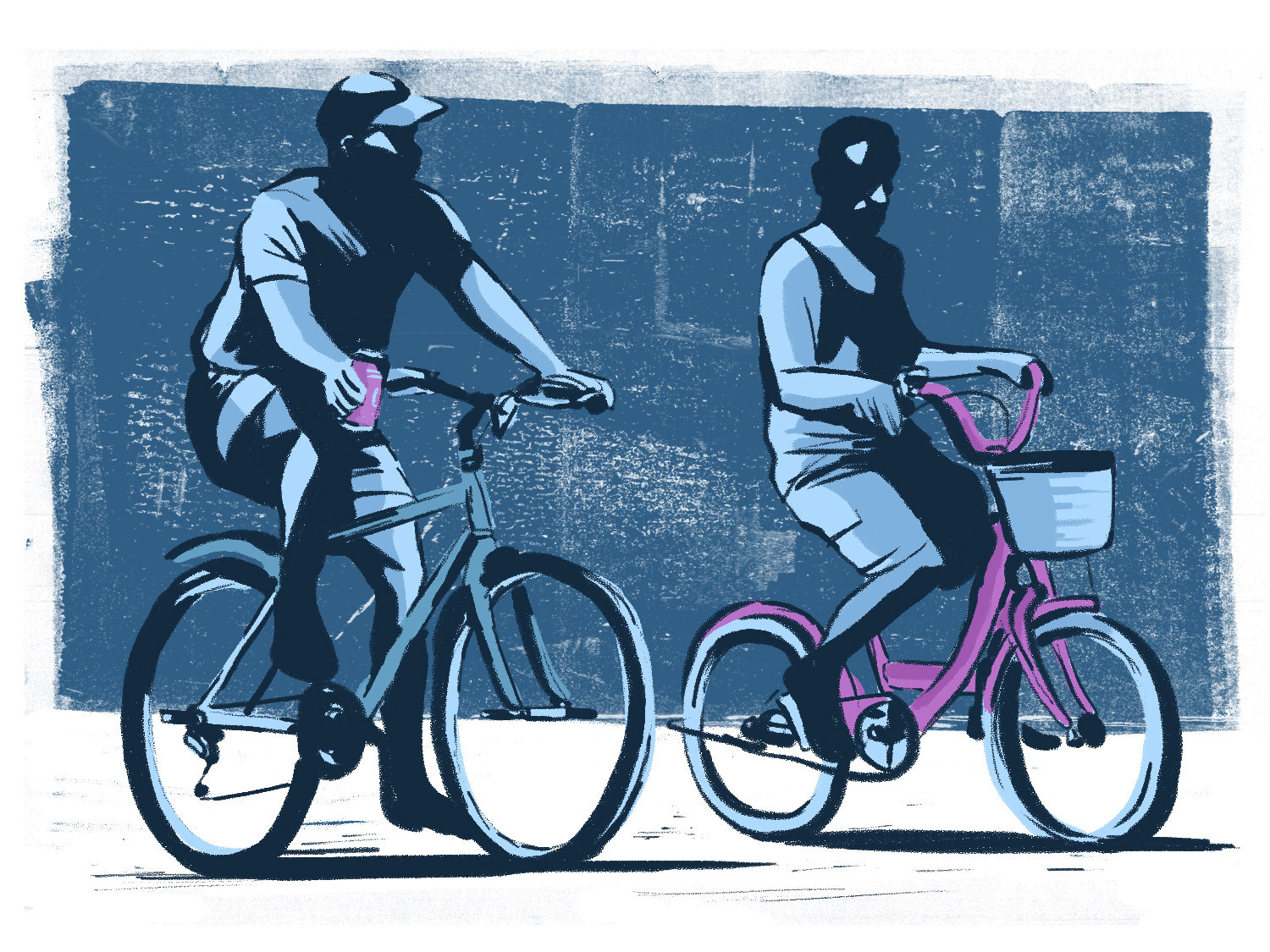
When the trial began in New Haven's dignified white marble courthouse the following winter, the assistant state's attorney prosecuting the case, James Clark, presented Gould and Taylor as men who had been so warped by a night of debauchery that murder was the only logical conclusion. "These guys simply ran out of drugs ... They were bingeing, on a jag," Clark said. "They came out to get more money and stopped at the first convenient place — La Casa Green."
To relatives, neither of the men seemed capable of the calculated brutality of DeLeon Vega's murder. Gould may have had a criminal history — robbery, larceny, threatening — but those close to him insist he wasn't capable of such violence. In his youth, his mother, Martha, had seen potential in his large frame and encouraged him to box, but it didn't come naturally. "You had to push him to fight," she recalled in a recent interview. He was, she said, "soft."
One afternoon before Gould was arrested for killing DeLeon Vega, Martha got a call from her son. He'd seen a bloody motorcycle accident on Dixwell Avenue, and he was sobbing. "I just saw a guy get killed," she remembered him saying. "I saw his brains get knocked out of his head." George was a grown man by then, but he was so upset that his mother sent a cab to pick him up. The kind of mom who had hoped her son would be the next Muhammad Ali, she seemed both embarrassed and touched by the memory.
Then, there was Taylor, who had never been in trouble with the law and had steady work — as a commercial printer, as a mailman for Yale, and on a track gang for the railroad — throughout most of his adult life. According to his wife, Mary, he was a devoted father who went to elaborate lengths to make sure their daughter, Amanda, had the best Christmas gifts. But he was also a skilled spades player — he once won a puppy in a game — who liked to party. "Sometimes, he'd say, 'I'm going down the hill for a pack for cigarettes; I'll be right back,'" Mary said. "I would see him two days later."
In court, the two men turned to a familiar defense: The police had relied entirely on an unreliable witness, and Taylor and Gould just happened to be in the wrong place — Fair Haven — at the wrong time. "If Doreen Stiles is all the state needs to convict someone of murder, then God help us all," Taylor's public defender, Chris DeMarco, told the jury.
“If Doreen Stiles is all the state needs to convict someone of murder, then God help us all."
When it came time for Stiles to testify, she was dangerously ill. She'd been a heroin addict for more than a decade, and doctors at a local hospital had diagnosed her with endocarditis, an infection that consumed her heart valves. There was a significant chance she wouldn't survive: Among junkies, the condition is often lethal. Still, eight days after Stiles had been admitted, a makeshift courtroom was assembled at the hospital. The lawyers, the defendants, the judge, even a video camera operator — they were all there to watch the prosecution's star witness recount the murder at La Casa Green. All that was missing was the jury; they would have to watch later, on VHS.
In her videotaped testimony, Stiles was in a wheelchair, and she looked at least a decade or two older than her 36 years. She had sunken cheeks and a mess of short brown curls. Her deep-set eyes were shadowed by dark half-moons, and a white towel was draped around her shoulders like a defeated prizefighter; an intravenous tube was plugged into her neck, pumping antibiotics through her body. Stiles may have looked broken, but she was a compelling witness, alternating between seeming annoyed by the litany of questions and appearing determined to do the job with which she'd been tasked.
At times, Stiles expressed the kind of uncertainty one would expect of someone who had been in her position on the morning of July 4 — someone scared, someone who has been up most of the night, someone with problems of her own. She acknowledged her eight-bag-a-day heroin habit, and when she described standing in the alley alongside La Casa Green, she confessed to not being able to hear the men inside very well — nor was she sure of the time frame. "When you're scared," she said, "it can seem like so long." Stiles was vulnerable and flawed, but recognizable. It's not hard to see how the jury might have found her convincing.
In order to convict Gould and Taylor, they would have to. Boyd testified too, but besides her, the state presented no physical evidence, no additional eyewitnesses, and nothing to confirm the pair's high-rolling inclinations. (Wortz recently explained that it was never documented because "nobody thought it would ever be significant.") In his closing remarks, Clark acknowledged how precarious this was. "This case rises and falls on the testimony of Doreen Stiles," he said.
On a chilly winter morning in 1995, on the third day of deliberations, the verdict came back: Gould and Taylor were guilty. Two months later, each received 80-year prison terms.
For one of DeLeon Vega's daughters, Luz DeLeon, the outcome offered a sliver of relief. "Now he can rest in peace," she told a reporter at the time.
Yet that peace was elusive: Several years later, a private detective working for the public defender's office would begin deconstructing the details of that July morning, and the story he would eventually tell was starkly different than the one used to convict Gould and Taylor. It was a story about corruption and coercion, about bad cops and pliable witnesses. At its center was the prosecution's most important source, Doreen Stiles, and a disturbing alternative theory of the murder, one that involved a son who may have turned on the family patriarch and who had, a judge would later say, the motive and means to murder his own father.
Read Part 2 of "A Murder At La Casa Green"

